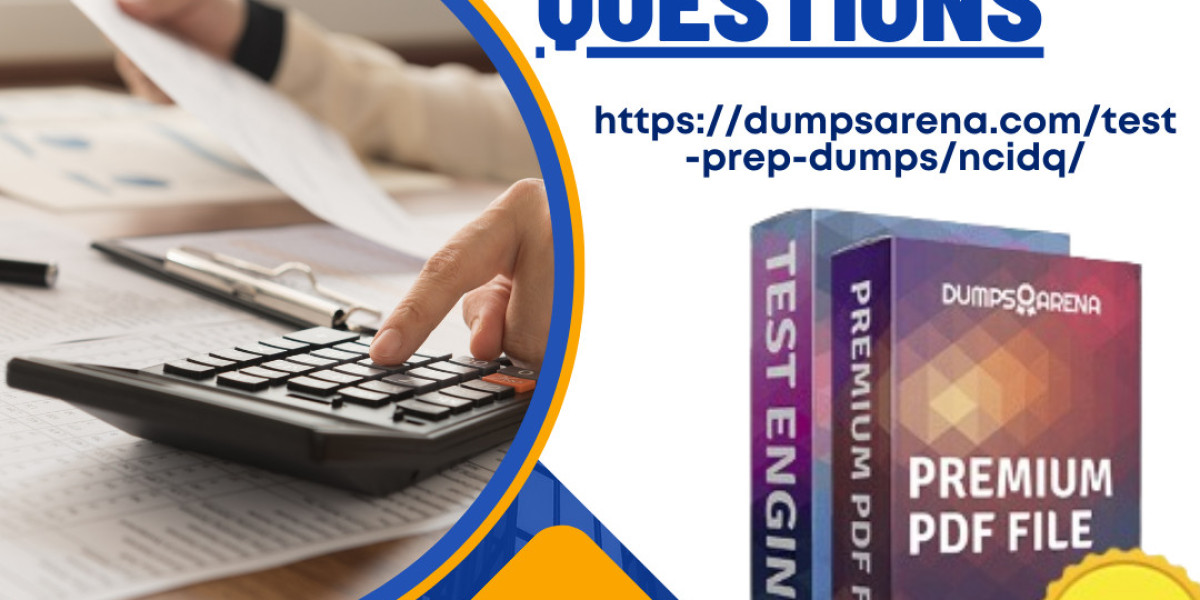In today's consumer-driven market, warranties play a crucial role in shaping purchasing decisions. They offer peace of mind by guaranteeing product performance and reliability. However, the concept of “warranty uplift” is gaining traction as consumers seek more value and protection. This blog post delves into what warranty uplift is, why it's becoming important, and how businesses and consumers can benefit from it.
What is Warranty Uplift?
Warranty uplift refers to the enhancement or extension of a standard warranty beyond its original terms. This can involve extending the warranty period, providing additional coverage for more components or services, or including added benefits that weren't part of the initial warranty. Essentially, warranty uplift is about offering more than what’s typically included, adding extra value to the original warranty.
Why Warranty Uplift Matters
- Increased Consumer Confidence
Consumers are more likely to purchase products or services when they have confidence in their longevity and reliability. Warranty uplift boosts this confidence by extending protection and providing assurances that can mitigate fears of potential defects or issues. This peace of mind can be particularly valuable for high-ticket items or complex products where repair costs could be significant.
- Competitive Advantage
In a crowded market, businesses need to differentiate themselves from competitors. Offering a warranty uplift can be an effective way to stand out. It not only showcases a commitment to product quality but also adds a tangible benefit that can attract more customers. By extending warranties or adding new coverage options, companies can enhance their product’s perceived value and appeal.
- Enhanced Customer Loyalty
A robust warranty uplift can foster greater customer loyalty. When customers feel that a business stands behind its products with extended or enhanced warranties, they are more likely to return for future purchases and recommend the brand to others. It builds trust and reinforces the relationship between the company and its customers.
- Reduced Product Return Rates
When consumers are assured of extended protection through warranty uplift, they may be less likely to return products due to concerns about reliability. This can lead to lower return rates and reduce the associated costs for businesses, including handling, restocking, and potential loss of revenue.
Types of Warranty Uplift
Warranty uplifts can vary widely depending on the industry, product type, and company policies. Here are some common forms of warranty uplift:
- Extended Warranty
The most straightforward form of uplift is extending the warranty period beyond the standard duration. For instance, if a standard warranty covers a product for one year, an extended warranty might provide coverage for two or three years. This type of uplift is particularly valuable for durable goods like appliances, electronics, and vehicles.
- Comprehensive Coverage
Another form of warranty uplift involves broadening the scope of coverage. Standard warranties often cover only specific parts or types of damage. A comprehensive uplift might include coverage for additional components, accidental damage, or wear and tear that is not typically covered under the basic warranty.
- Service Packages
Some warranties come with added service packages as part of the uplift. This might include free annual maintenance checks, priority service, or complimentary technical support. These added services can enhance the overall ownership experience and provide further value to the customer.
- No-Fault or Risk-Free Warranties
This form of uplift eliminates certain risks associated with product ownership. For example, a no-fault warranty might cover all types of damage, regardless of cause, while a risk-free warranty ensures that if the product fails, it will be repaired or replaced without additional cost to the consumer.
Implementing Warranty Uplift: Best Practices for Businesses
- Understand Customer Needs
Before implementing a warranty uplift, businesses should thoroughly understand their customers' needs and concerns. Conduct market research to determine what additional coverage or extended terms would be most valuable. Tailoring the uplift to address specific customer pain points can increase its effectiveness and appeal.
- Communicate Clearly
Effective communication is crucial when introducing warranty uplifts. Clearly outline the benefits and details of the enhanced warranty in marketing materials, product packaging, and on the company website. Transparency helps build trust and ensures customers fully understand the value they’re receiving.
- Monitor and Evaluate
Regularly monitor the impact of the warranty uplift on customer satisfaction, return rates, and overall sales. Evaluate whether the uplift is meeting its objectives and adjust the terms or benefits as needed. Continuous assessment helps in refining the strategy and ensuring it aligns with both customer expectations and business goals.
- Ensure Quality
An uplift in warranty terms should be supported by the underlying quality of the product. Companies must ensure that the products they offer are reliable and durable. A warranty uplift can only enhance customer confidence if the product itself meets high standards of performance and quality.
The Consumer Perspective: What to Look For
- Check the Terms
When evaluating warranty uplifts, carefully review the terms and conditions. Understand what is covered, the duration of coverage, and any exclusions or limitations. This will help you assess the true value of the uplift and make an informed purchasing decision.
- Compare Options
Compare the warranty uplift options provided by different brands or service providers. Look for those that offer the most comprehensive coverage or best align with your needs. This comparison can help you find the best value for your investment.
- Consider Additional Benefits
Beyond the basic coverage, consider any additional benefits included in the uplift. Free services, priority support, or comprehensive protection can add significant value and enhance your overall experience with the product or service.
Conclusion
Warranty uplift represents a significant evolution in how warranties are approached in today’s market. By extending coverage, adding benefits, or enhancing service packages, businesses can offer greater value to their customers, build trust, and differentiate themselves from competitors. For consumers, understanding and leveraging warranty uplift options can lead to better protection and increased satisfaction with their purchases. Whether you're a business looking to enhance your offerings or a consumer seeking added assurance, warranty uplift is a concept worth exploring.



